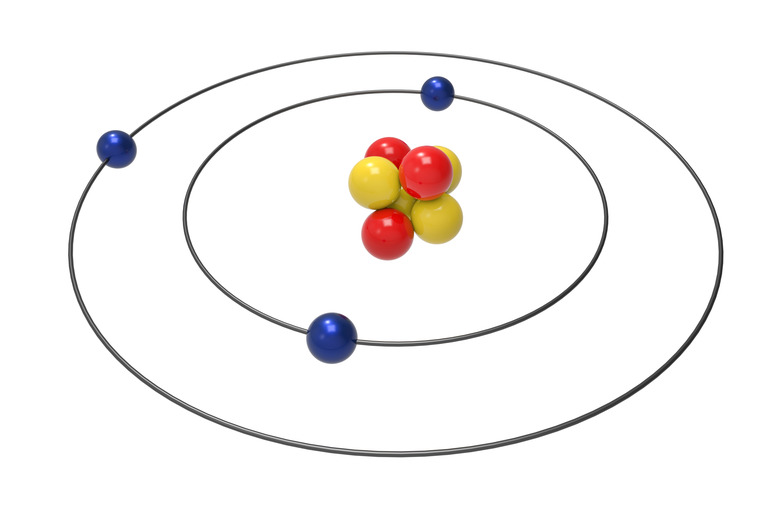How To Know If An Element Is An Isotope?
An isotope is an element that has a different amount of neutrons than its standard atomic mass. Some isotopes can be relatively unstable, and thus they can give off radiation as the atom decays. Neutrons are particles with a neutral charge that are found in an atom's nucleus alongside protons. Neutrons help give the atom its mass and structure; on the periodic table of elements, the atomic mass number is the sum of the protons and neutrons.
Step 1
Find out how many neutrons the given atom of the element has. This information likely will need to be given; the ability to examine an individual atom is extremely difficult and costly.
Step 2
Look up at the atom on the periodic table of elements and find out what its atomic mass is.
Step 3
Subtract the number of protons from the atomic mass. This is the number of neutrons that the regular version of the atom has. If the number of neutrons in the given atom is different, than it is an isotope.
References
Cite This Article
MLA
Lichtenstein, Drew. "How To Know If An Element Is An Isotope?" sciencing.com, https://www.sciencing.com/element-isotope-8437424/. 13 March 2018.
APA
Lichtenstein, Drew. (2018, March 13). How To Know If An Element Is An Isotope?. sciencing.com. Retrieved from https://www.sciencing.com/element-isotope-8437424/
Chicago
Lichtenstein, Drew. How To Know If An Element Is An Isotope? last modified March 24, 2022. https://www.sciencing.com/element-isotope-8437424/
